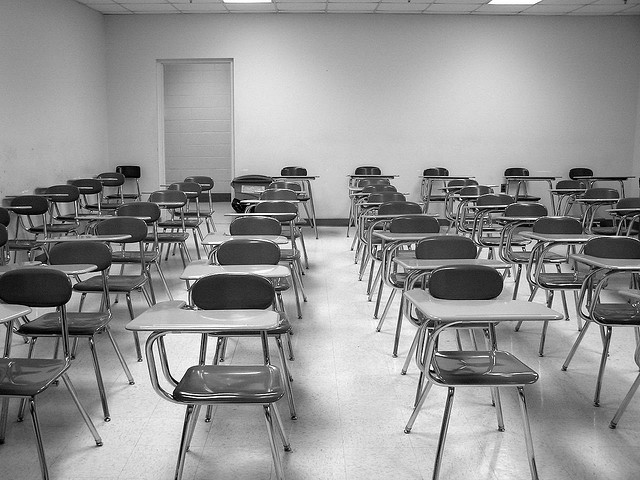Push came to shove today as the California Charter Schools Association filed suit against OUSD for its alleged failure to follow the law in providing charter school students equal public facilities. Most probably don’t know it but Proposition 39 created a legal right for public school students in charter-run schools to attend “reasonably equivalent” district facilities. Something CCSA is saying Oakland failed to do, and looking at the press release, it doesn’t seem like the District has much of a case.
For those who have followed the drama at Westlake, where a principal is leaving and some have tied that to a possible charter school co-location at that site, this again is back to Prop. 39.
So while I don’t know anything about the specifics at Westlake, it’s important that we understand the backdrop here.
Charter school students are public school students, and they have the right and should get the benefit of public facilities, especially in a District like Oakland where there are a lot of underutilized public buildings.
If not, charters have to look on the open market for space, and while there is some subsidy from the State, in the 6 schools I surveyed, net space costs per student ranged from $203.61 at the low end to $1215.11 at the high end. This is money that could go into hiring staff, and serving students, but it goes to landlords.
And charter students already get less money per student from the State (about 7% in the last real analysis I saw) according to the Legislative Analyst and don’t get the roughly $500 per child that comes from Measure G in Oakland. So I know this may be a surprise, and yes, SOME, charters raise significant money privately. But all charters are at a structural disadvantage in terms of state and local funding, and having to identify, renovate, and manage private facility is both resource drain and a time suck.
We have shown before that students at charter-run and district-run Oakland schools are roughly demographically equivalent. Students at charters are somewhat more likely to be low income, and students at district-run schools are slightly more likely to have identified special needs and to be learning English. Check the numbers.
There is Space
Oakland also has some severely underutilized buildings, according to its own data. When I looked at utilization of the current turnaround schools, to argue that some of them might benefit from expanding the grades served, and that it was feasible given facilities—here’s what I found;
| school | Utilization rate |
| Frick | 28.9% |
| Brookfield | 79.3% |
| Castlemont | 45.5% |
| Fremont | 74.1% |
| McClymonds | 34% |
The majority of these schools are less than half full. And according to the CCSA press release, OUSD is now serving 12000 fewer students than it previously did, without making those seats available to students in charter-run schools. So there is slack space.
Where offers were made, they seemed to be substandard. With most district offers providing multiple sites and one offer was for seven different schools buildings.
So you may have first grade at school A, use the gym at school B, have 3rd and 4th grade at school C, etc., for seven different school sites. Which obviously is not workable nor “reasonably equivalent” to district-run schools.
Children at charter-run schools are public school kids, their families pay taxes to support the schools, as we all do, and I don’t think any of us are picking and choosing which public school kids should get fairly funded and which should not. They deserve public facilities and the resources in the classroom to serve them.
So, it’s unfortunate that it has come to a lawsuit, but there should not be any second class public school kids and I hope the bureaucracy in Oakland will make equal facilities for all Oakland public school children more than just empty promises in an ignored law.

